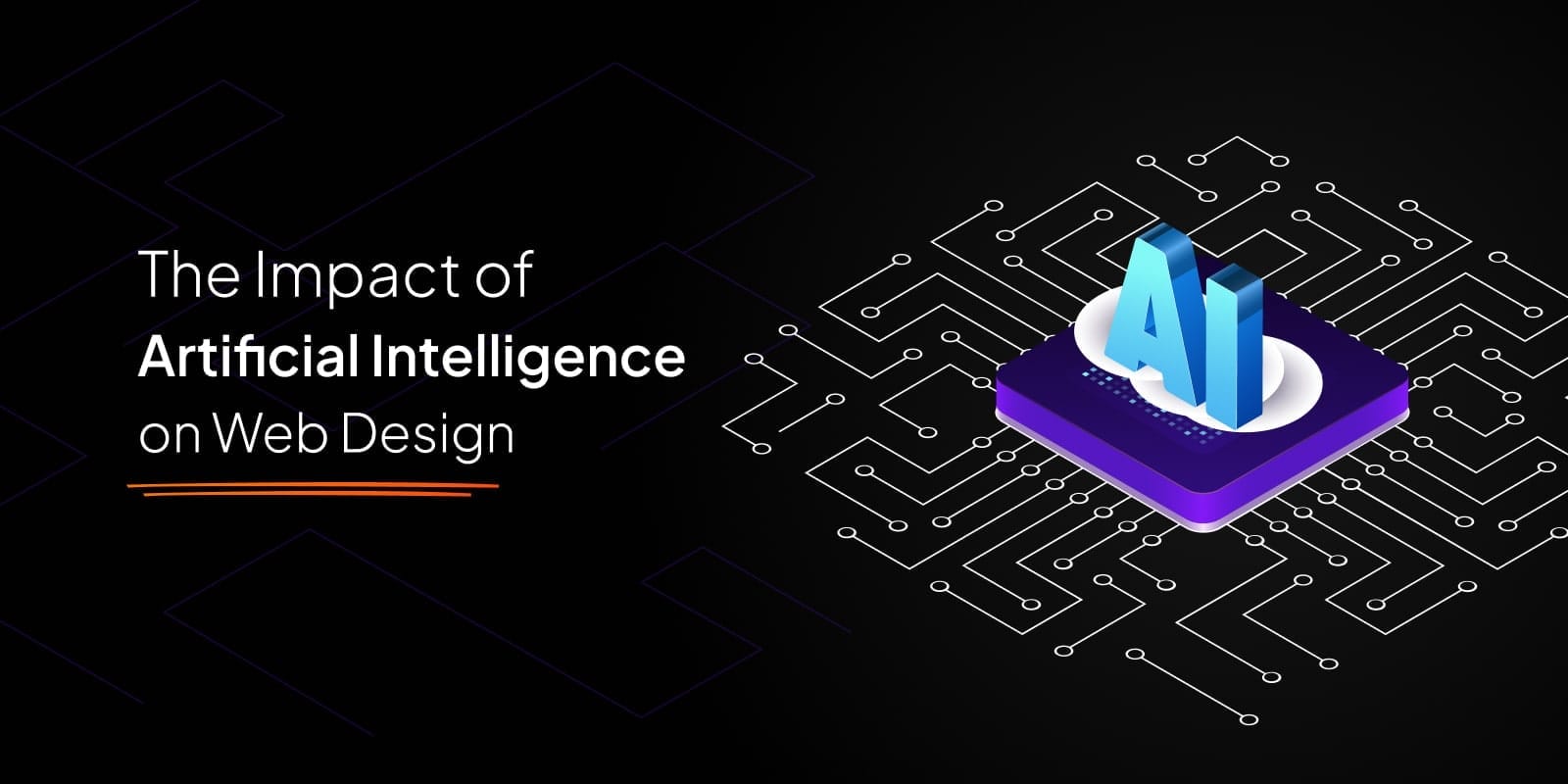From startups to large enterprises, Unified Web Services, a London and Essex-based social media and web design agency, delivers bespoke digital marketing and web development solutions.
WEB
Development
Digital Marketing
Graphic Design
Packages

In the ever-evolving realm of web design, Artificial Intelligence (AI) is emerging as a transformative force, revolutionizing how websites are created and optimized. Let's explore the profound impact of AI on web design:
Personalization refers to the practice of tailoring products, services, or experiences to meet the specific needs, preferences, and interests of individual users or customers. In the context of web design, personalization involves customizing the content, layout, and functionality of a website based on factors such as the user's browsing history, demographics, location, and past interactions with the site.
Personalization aims to create a more relevant and engaging experience for users by presenting them with content that is most likely to resonate with them. This can include personalized product recommendations, targeted advertising, dynamic website layouts, and personalized messaging.
By leveraging data and technology, such as artificial intelligence and machine learning algorithms, web designers and marketers can analyze user behavior and preferences to deliver highly personalized experiences that drive engagement, increase conversions, and foster customer loyalty.
AI-powered algorithms analyze user behavior and preferences to deliver personalized experiences. From tailored content recommendations to dynamic interfaces, AI enhances engagement by catering to individual user needs and preferences.
AI streamlines design workflows by automating repetitive tasks such as layout creation, image optimization, and code generation. By freeing up designers' time, AI enables them to focus on creativity and innovation, resulting in faster turnaround times and higher-quality designs.
AI harnesses the power of big data to provide actionable insights into user trends, preferences, and behavior. By analyzing vast amounts of data, AI helps designers make informed decisions, optimize user experiences, and drive conversion rates.
Responsive design optimization involves ensuring that a website's layout, content, and functionality adapt seamlessly to various screen sizes, resolutions, and devices. Here's how it works and why it's crucial:
Responsive design optimization is essential for delivering a seamless and user-friendly experience across the multitude of devices and screen sizes used to access the web today. By prioritizing responsiveness, web designers can enhance usability, improve engagement, and ultimately, drive better results for their websites and businesses.
Voice User Interface (VUI) integration involves incorporating voice-enabled features and functionality into a digital interface, such as a website or a mobile app. VUI allows users to interact with technology using spoken commands rather than traditional graphical user interfaces (GUIs) like keyboards or touchscreens.
Here's how VUI integration works and its significance:
Voice Commands: Users can issue verbal commands or requests to navigate through the interface, perform actions, or retrieve information. For example, users might ask a virtual assistant to search for specific content, make a reservation, or control smart home devices.
Natural Language Processing (NLP): VUI systems utilize NLP algorithms to understand and interpret user speech, converting it into actionable commands or queries. This technology enables VUI systems to comprehend various accents, dialects, and language nuances, improving user interaction.
Integration with Existing Platforms: VUI can be integrated with existing platforms and services, such as e-commerce websites, customer service portals, and mobile applications. This integration enhances accessibility and usability, allowing users to interact with technology hands-free, especially in situations where manual input is challenging or impractical.
Accessibility and Inclusivity: VUI integration promotes accessibility by catering to users with disabilities or impairments that may affect their ability to use traditional interfaces. Voice commands offer an alternative means of interaction, making digital content and services more accessible to a wider audience.
Enhanced User Experience: VUI integration can enhance the overall user experience by providing a more intuitive and frictionless interaction method. Voice commands offer convenience and efficiency, enabling users to accomplish tasks quickly and easily, without the need to navigate complex menus or interfaces.
Future Trends: With the rising popularity of voice-activated devices and virtual assistants, VUI integration is becoming increasingly prevalent across various digital platforms. Embracing VUI technology allows businesses to stay ahead of the curve, meet evolving user expectations, and differentiate themselves in competitive markets.
In summary, Voice User Interface (VUI) integration enables users to interact with digital interfaces using spoken commands, offering benefits such as accessibility, enhanced user experience, and future-proofing against emerging technology trends.
AI analyzes market trends, user preferences, and competitor strategies to predict future design trends. By staying ahead of the curve, designers can create innovative, trend-setting designs that resonate with their target audience.
In conclusion, the impact of Artificial Intelligence (AI) on web design is profound and multifaceted. Through AI-powered tools and algorithms, web designers can personalize user experiences, streamline design processes, gain valuable insights from data analytics, ensure responsiveness across devices, integrate voice interfaces for enhanced accessibility, and predict future design trends.
AI empowers designers to create smarter, more efficient, and more engaging websites that cater to the diverse needs and preferences of users. By harnessing the capabilities of AI, businesses can stay ahead of the curve, drive user engagement, increase conversions, and ultimately, deliver exceptional digital experiences in an ever-evolving digital landscape.
As AI continues to advance, its influence on web design will only grow stronger, offering new opportunities for innovation and creativity. Embracing AI-driven technologies is not just a trend; it's a strategic imperative for businesses looking to thrive in the digital age.
For budget-friendly custom websites in Essex that elevate your business and drive results, choose Unified Web Services. Let's chat about your next project. Your success is our priority.